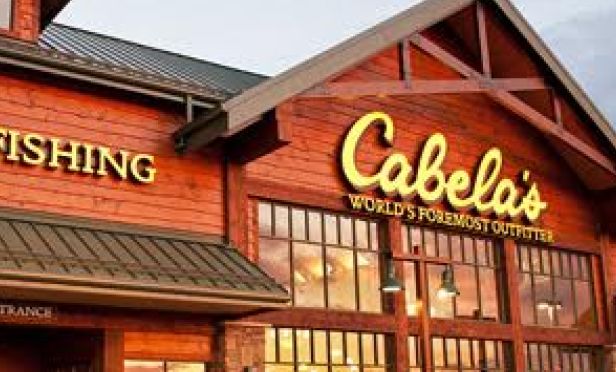ATLANTA—Retail recovery may have reached its zenith, according to a recent JLL report. And closure announcements are accelerating, with department stores topping headlines.
Lifestyle centers fall into the malls category of JLL's report. With Macy's and Sears returning approximately 18 million square feet of mall space over the next few quarters and vacancies rising as result, where do lifestyle centers fit into the mix?
“Lifestyle centers were developed in response to malls' sameness,” Nick Garzia, director of leasing for Atlantic Station, tells GlobeSt.com. “They provided a much more tailored merchandising experience and they were a more convenient way to shop.”
While the upcoming vacancies will pose opportunities for strong malls to upgrade to a more productive tenant or fresh the space with an entertainment destination, JLL reports, weaker malls could experience a ripple effect to their inline occupancy. As Garzia sees it, the truly A and A+ malls cover a lot of categories better.
“They cover junior, family, aspirational and even luxury,” Garzia says. “Shoppers are choosing to shop at lifestyle centers over malls, but kids still love malls. Lifestyle centers are differentiating themselves through experiences.”
Malls saw an 18-point decrease as net absorption rose over the last few questions. Conversely, power center vacancy shot up 61 basis points. That's thanks to over 1 million square feet of negative net absorption approaching the end of 2016.
“It's about events, marketing and community outreach,” Garzia says. “The better ones can bring customers in much more frequently, especially when people develop emotional connections with them.”
ATLANTA—Retail recovery may have reached its zenith, according to a recent JLL report. And closure announcements are accelerating, with department stores topping headlines.
Lifestyle centers fall into the malls category of JLL's report. With Macy's and Sears returning approximately 18 million square feet of mall space over the next few quarters and vacancies rising as result, where do lifestyle centers fit into the mix?
“Lifestyle centers were developed in response to malls' sameness,” Nick Garzia, director of leasing for Atlantic Station, tells GlobeSt.com. “They provided a much more tailored merchandising experience and they were a more convenient way to shop.”
While the upcoming vacancies will pose opportunities for strong malls to upgrade to a more productive tenant or fresh the space with an entertainment destination, JLL reports, weaker malls could experience a ripple effect to their inline occupancy. As Garzia sees it, the truly A and A+ malls cover a lot of categories better.
“They cover junior, family, aspirational and even luxury,” Garzia says. “Shoppers are choosing to shop at lifestyle centers over malls, but kids still love malls. Lifestyle centers are differentiating themselves through experiences.”
Malls saw an 18-point decrease as net absorption rose over the last few questions. Conversely, power center vacancy shot up 61 basis points. That's thanks to over 1 million square feet of negative net absorption approaching the end of 2016.
“It's about events, marketing and community outreach,” Garzia says. “The better ones can bring customers in much more frequently, especially when people develop emotional connections with them.”
Want to continue reading?
Become a Free ALM Digital Reader.
Once you are an ALM Digital Member, you’ll receive:
- Breaking commercial real estate news and analysis, on-site and via our newsletters and custom alerts
- Educational webcasts, white papers, and ebooks from industry thought leaders
- Critical coverage of the property casualty insurance and financial advisory markets on our other ALM sites, PropertyCasualty360 and ThinkAdvisor
Already have an account? Sign In Now
*May exclude premium content© 2024 ALM Global, LLC, All Rights Reserved. Request academic re-use from www.copyright.com. All other uses, submit a request to [email protected]. For more information visit Asset & Logo Licensing.









